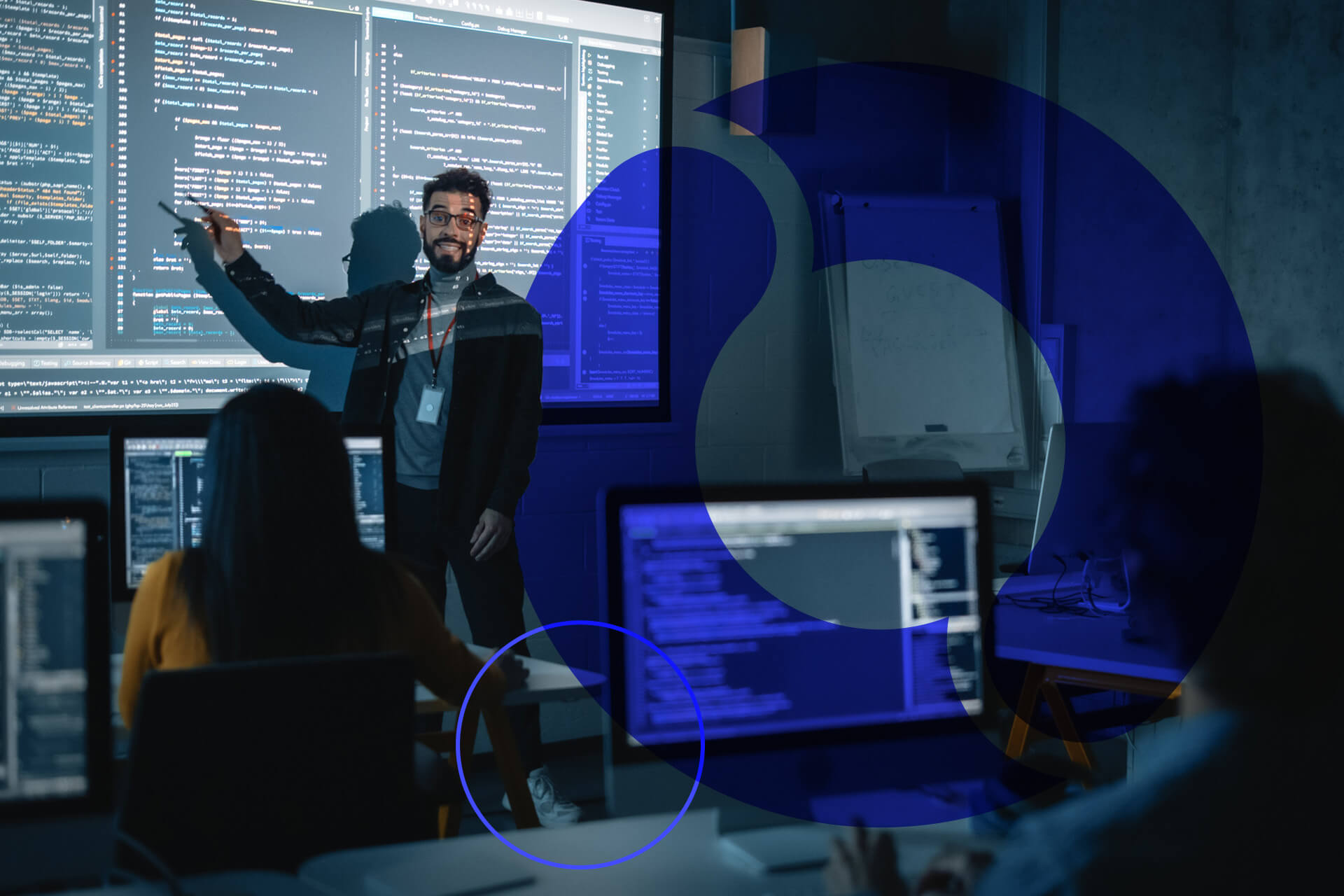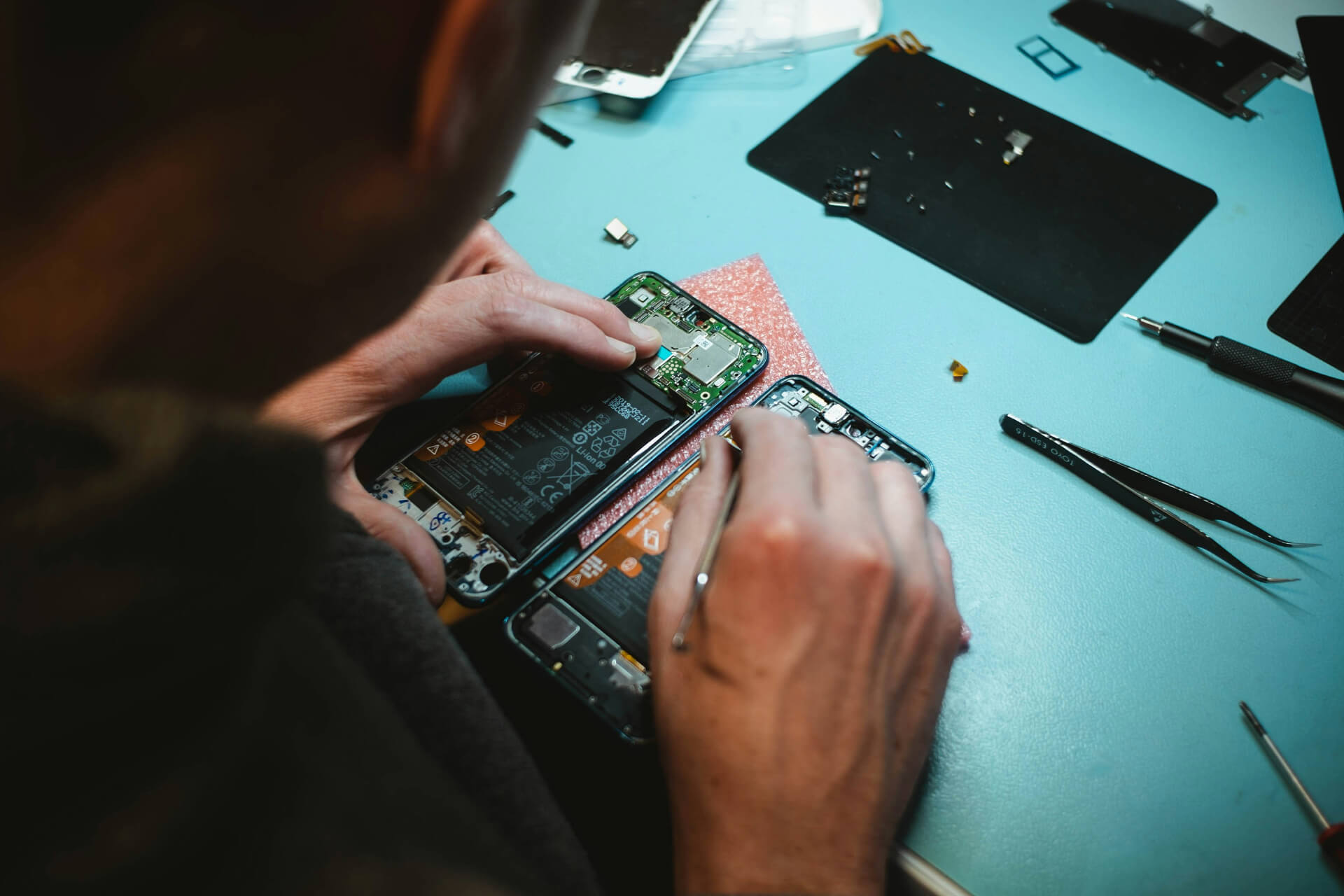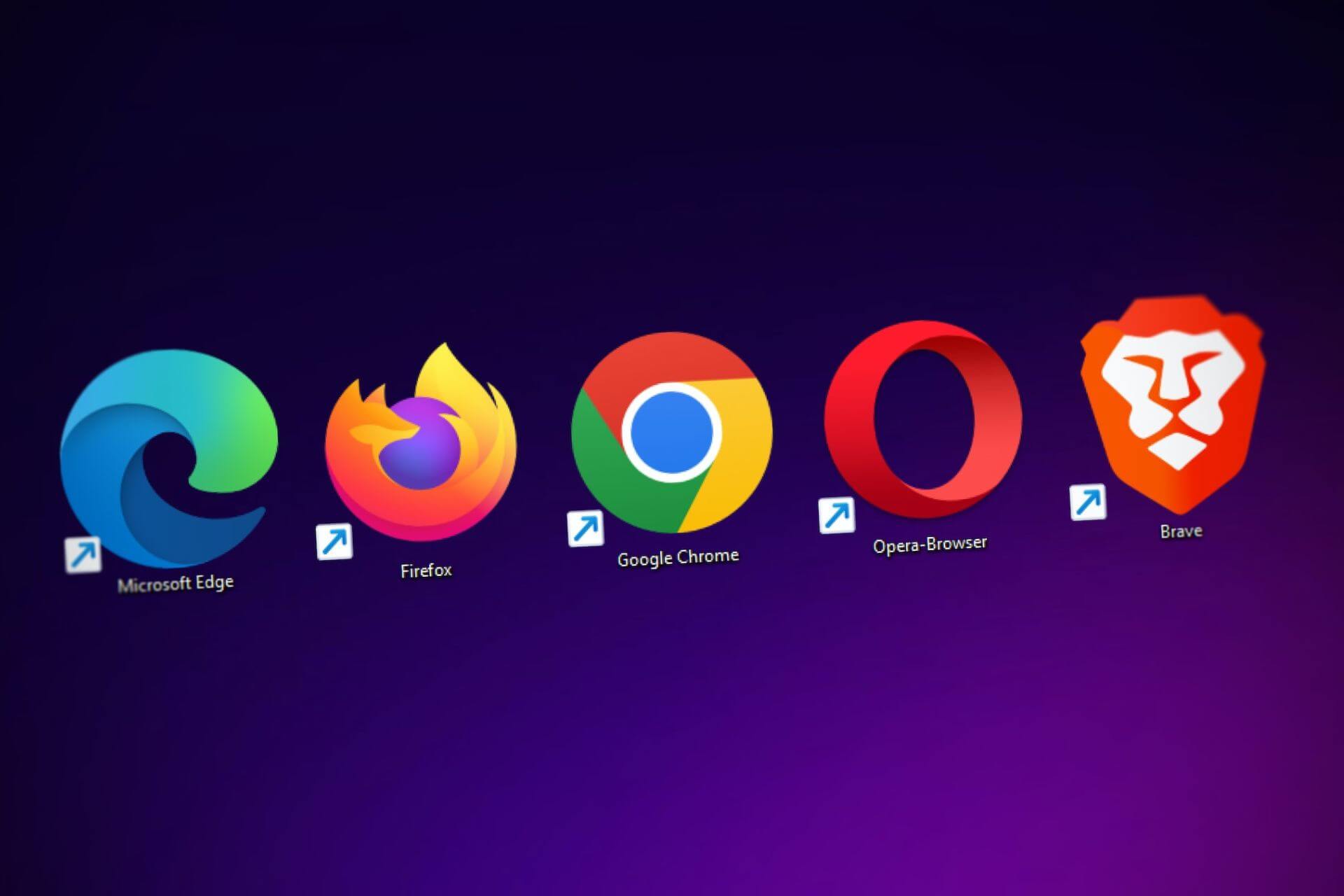
What is the Hour of Code?
December 7, 2019 - Emily Newton
Revolutionized is reader-supported. When you buy through links on our site, we may earn an affiliate commision. Learn more here.
Coding is becoming one of the most essential skills a person can learn. If you’re a self-starter, you’ll find plenty of resources online to teach yourself. However, it’s not a concept included in most school curricula. The Hour of Code hopes to change that by packing the basics of coding into a neat, hour-long course.
What Is the Hour of Code All About?
By design, coding hour is the world’s largest learning event every year. It introduces students to the basics of computer science. Instead of struggling to learn languages, the event makes it easy for anyone — regardless of their tech skills — to understand the fundamentals. This event dates back to 2014, started by learning site Code.org.
Experts created it as a way to take the mystery out of coding, turning it into something accessible to everyone. The self-guided activities are appropriate for students of any age and ability. It’s up to parents and educators to organize an event in their community.
In the five years since its inception, the program has seen more than 835 million participants. Organizations across the world have scheduled nearly 100,000 events for 2019’s Computer Science Education Week.
Tips for Parents and Educators
You don’t have to be a skilled coder — or understand anything about the technology — to host an event. Anyone can learn coding. Coding hour is an introduction to build this skill set. Where should parents and teachers begin? Start by reviewing tutorials and picking one for your classroom or group. Youngsters can learn how to make their own mazes, code a cartoon or animate an adventure video game.
Languages available include JavaScript, Python, Scratch, SQL and more. Next, be sure you have enough devices for each student. You can also pair kids up to code together. Before the event, test the devices yourself to ensure sound, video and activities work. You may want to provide headphones or ask students to bring their own. Most tutorials contain videos, which can get noisy in a packed classroom. Offer a completion certificate to each participant as they finish their coding hour.
They’ll be excited to celebrate their achievements! What if you don’t have computers for each student, or the ability to get online during the second week of December? Don’t worry — you can find plenty of unplugged programs to print and teach. The My Robotic Friends activity, for example, requires disposable cups, blank note cards and pencils.
Plus, you’ll need to write six symbols on the whiteboard. Kids will learn coding vocabulary words, like algorithm, debugging, function and parameters. Then, with their new words, they’ll guide one another to finish specific tasks.
When Is the Next Hour of Code?
You can set up a coding hour event anytime during the year using a host of various online tools. However, the official celebration takes place during the annual Computer Science Education Week. The celebration begins on December 9, 2019. Register your event on the Hour of Code website. Review their teaching and organizational tips.
If you need some help, there are a wealth of resources online. You can find sample emails to send to students, fellow teachers and parents to get them excited. Plus, you can spread the word online, such as on popular social media websites.
After the Hour of Code
Once your hour is up, and Computer Science Education Week comes to an end, what’s next? The Hour of Code isn’t designed to be a destination. You won’t learn to animate a feature-length movie or create a complete video game. Instead, you’ll gain stepping stones that can propel you further into the field.
Do your students want to keep learning, after the session is up? If so, you can find plenty of additional resources online. From the same organization that promotes the Hour of Code, you can find inspirational videos, posters and social media posts. Download more coding activities and integrate them into your lesson plan. If you started with a grade 8 activity, bump the class up to grade 9. Alternatively, take students through a hands-on NCLab tutorial.
They can write simple queries and learn more about data analysis. You can also help kids build an animal classifier using Python. Consider hosting workshops or looking into local coding camps that might already be in place. Once the hour is over, don’t let kids forget what they’ve learned.
Get Involved — Our Kids and the Future of Coding
Coding is quickly becoming one of the most valuable skills a student can learn. Even those who don’t want a career as a developer can benefit from basic coding knowledge — the modern world runs on these languages. Today, for adults and children alike, there are tons of free learning opportunities.
You don’t have to teach yourself C++ or Python. Instead, hop online and join the Hour of Code. From there, take classes at your own pace on a free educational website, like Coursera, Udemy and edX. This year’s Computer Science Education Week runs from December 9 to 15. Remember, learning how to code is supposed to be fun. Choose activities you know students will love. If your kids thrive, encourage them to continue their studies and learn more. Who knows — someone sitting in your classroom could be the next Bill Gates.
Revolutionized is reader-supported. When you buy through links on our site, we may earn an affiliate commision. Learn more here.
Author
Emily Newton
Emily Newton is a technology and industrial journalist and the Editor in Chief of Revolutionized. She manages the sites publishing schedule, SEO optimization and content strategy. Emily enjoys writing and researching articles about how technology is changing every industry. When she isn't working, Emily enjoys playing video games or curling up with a good book.




